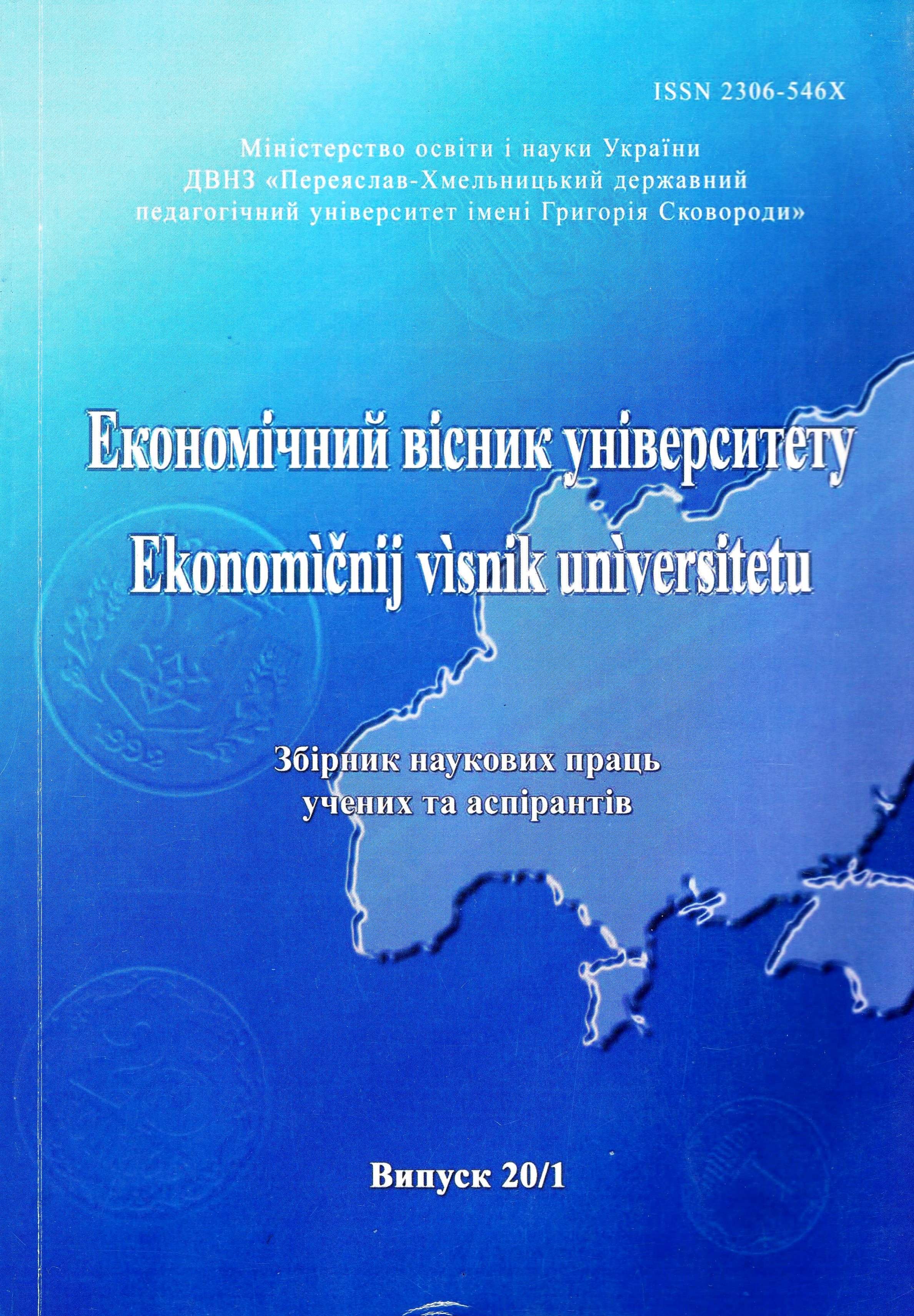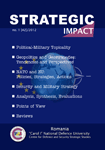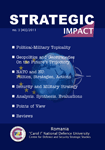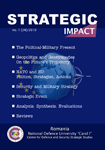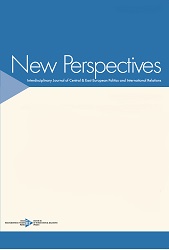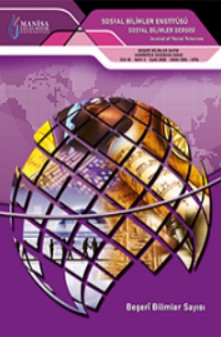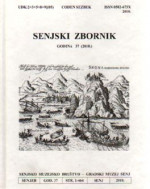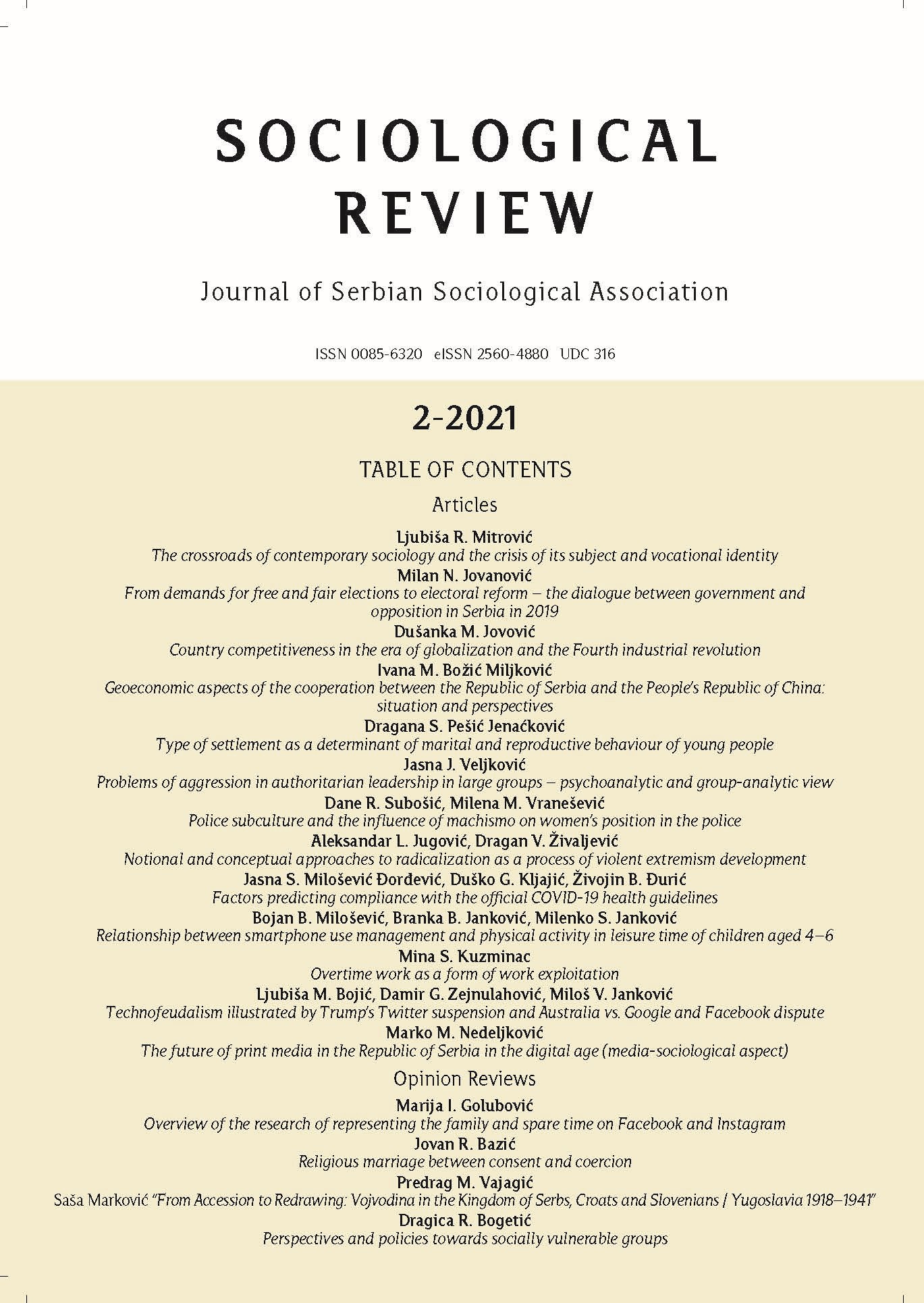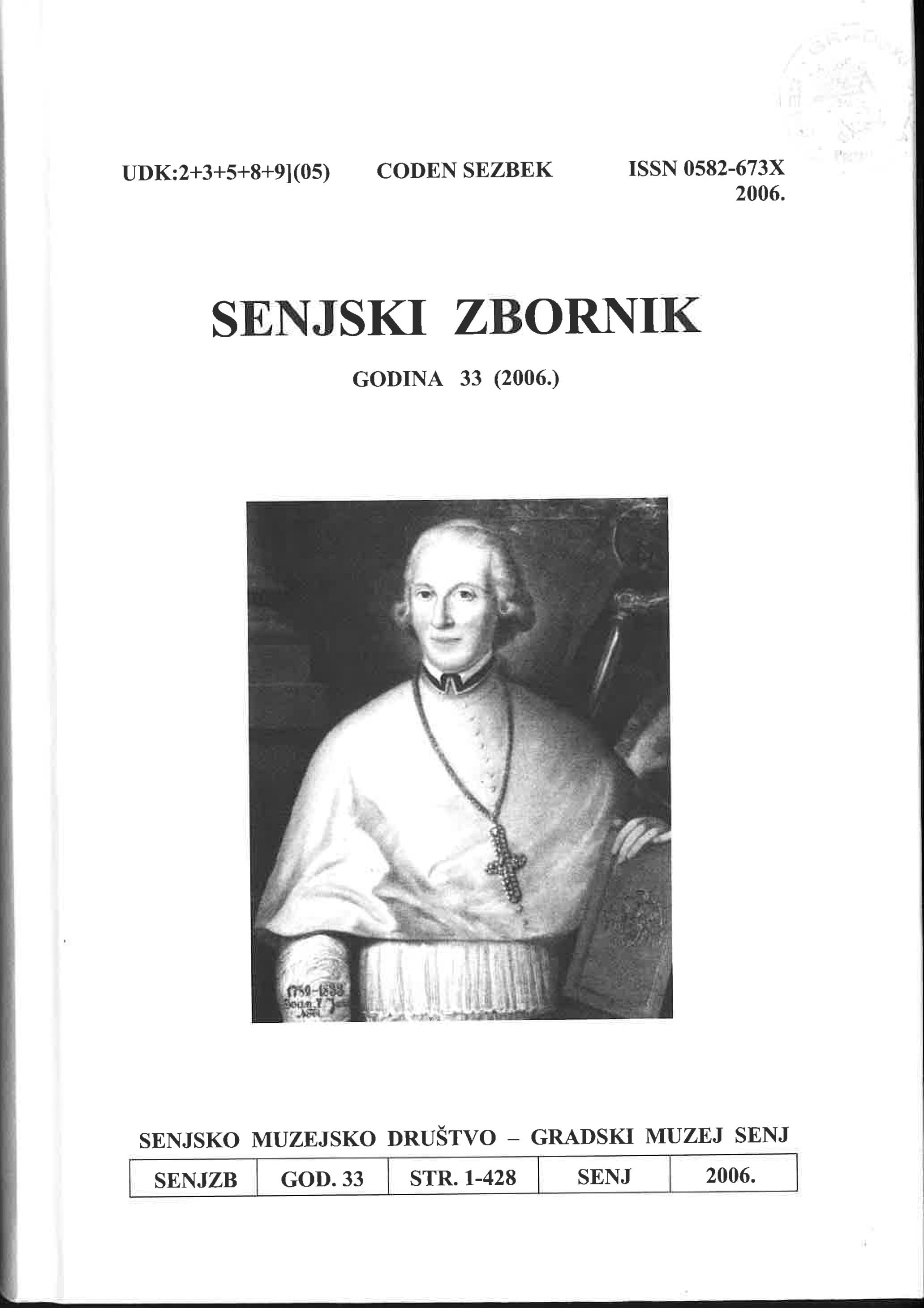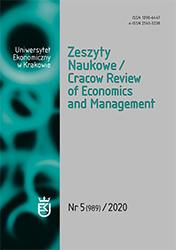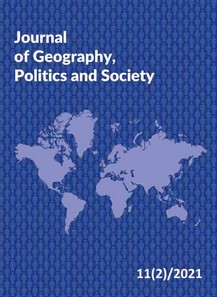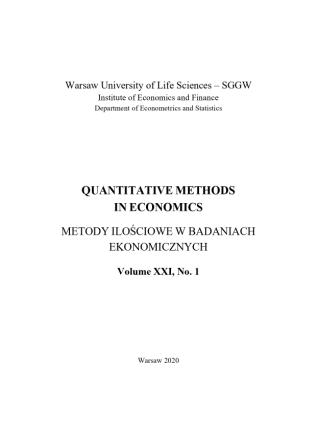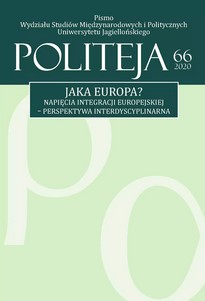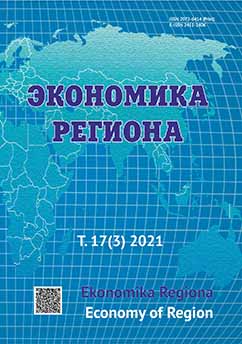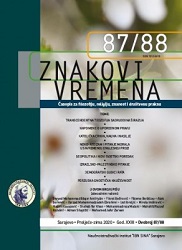Author(s): Dragica Husanović-Pejnović / Language(s): Croatian
Issue: 1/2010
The sub-Velebit littoral is the most striking example of a rural periphery and, in this vein, a developmentally problematic zone in Croatia’s littoral belt. This is, among other things, reflected in the problematic features of the contemporary settlement structure of this area. With the exception of Senj and Obrovac, which are characterised by long-term developmental continuity, the existing settlement structure was established and developed since the latter half of the 17th century. The first modern census, conducted in 1857, recorded a population of 18,601. The higher natural carrying capacity and the palpable growth in the economic carrying capacity resulting from the activation of the mercantile/intermediary function of Senj since the late 1770s resulted in a focus of settlement in its northern section by the mid-19th century (over 70% of the population of this section of the coastal belt lived in the territory of the City of Senj). From the mid-19th century until the First World War, the population steadily rose (with the exception of the 1870s), and the maximum population was recorded in 1910. The demographic progress of this time was the result of a growing natural increase (an outcome of the already commenced demographic transition in the northern section of the Velebit coastal front) and emigration (which intensified after the decommissioning of the Austro-Hungarian Military Frontier in the 1870s). Since the early 20th century, emigration increasingly became the fundamental factor of demographic development, which was reflected in depopulation after 1910.The main propulsive factor underlying emigration up to the Second World War was the overpopulation of a passive zone, and thereafter the stagnation in Croatia’s regional development. Despite developmental impulses after the modernisation of the coastal highway in the late 1950s, followed by the application of measures aimed at a more balanced regional development in D. Husanović-Pejnović: Demografski razvoj Podvelebitskog... Senj. zb. 37, 119-142 (2010.)Croatia during the 1970s and 1980s, stagnation in regional development and the ensuing emigration remained a constant in the development of this zone until the onset of the 1990s. In the last inter-census period, significant absolute and relative depopulation was recorded, which were exacerbated by warfare, especially in the southern section of the area under observation.Long-term and intense emigration led to deep and unfavourable consequences in the demographic development and settlement structure of the sub-Velebit littoral. In addition to depopulation, i.e. the continual diminishment of social energy, its impact was also manifested in the rapid ageing and negative natural trends, so that this part of the coastal belt had acquired the features of an exodus zone with a dying-off trend by the 1980s. The negative intensity of demographic processes continues to grow, which is demonstrated by the over one-quarter share of the elderly in the population and the ageing indicators with “extreme deep age” features by2001, and the negative natural trends and consequent depopulation of 4.2% during the period from 2001-2007. These negative demographic processes are correspondingly reflected in the settlement structure, above all in the continual decline in settlement density and decrease in the average size of settlements.Given the features of demographic processes, there are nonetheless considerably notable internal differences between individual parts of the sub-Velebit littoral. On the one hand, these differences are manifested in the already-commenced demographic transition and emigration from the northern and central sections, which up to the 1870s grew within the scope of the Military Frontier (City of Senj and the Karlobag Municipality), and their absolute (City of Senj) and relative (Karlobag Municipality) depopulation as a periphery to Dalmatian municipalities(Starigrad and Jasenice). On the other hand, they are reflected by differences in the direction and intensity of demographic processes between submontane, coastal and central settlements. In contrast to the remaining sections of the littoral, here the submontane settlements (northern and central sections of the Velebit coastal front) did not move down towards the sea prior to the modernisation of the Adriatic highway, and after this the process lagged greatly behind the emigration outside of this zone. The notably modest demographic growth of Karlobag and several other coastal settlements from 1991 to 2001, as opposed to the depopulation of all other settlements (including central settlements), was in fact due to fictive registration motivated by thespeculation of owners of vacation housing.The negative demographic processes in the sub-Velebit littoral shown here indicate the need to undertake appropriate measures aimed at stabilising the settlement structure in thisspecific coastal belt, which has the explicit features of a peripheral zone. In this regard, the development of the labour function in central settlements should have a crucial importance. Given the seasonality and generally limited proportional possibilities of tourism in this part of the coastal belt, the development of the labour function in the future should be based on production activities to a greater degree, including those which serve the tourism industry. However, this type of development in central settlements, which will give them the capacity to become stabilising hubs of settlement in their local governmental units, certainly requires more complex regional and local developmental policy measures and instruments.
More...
